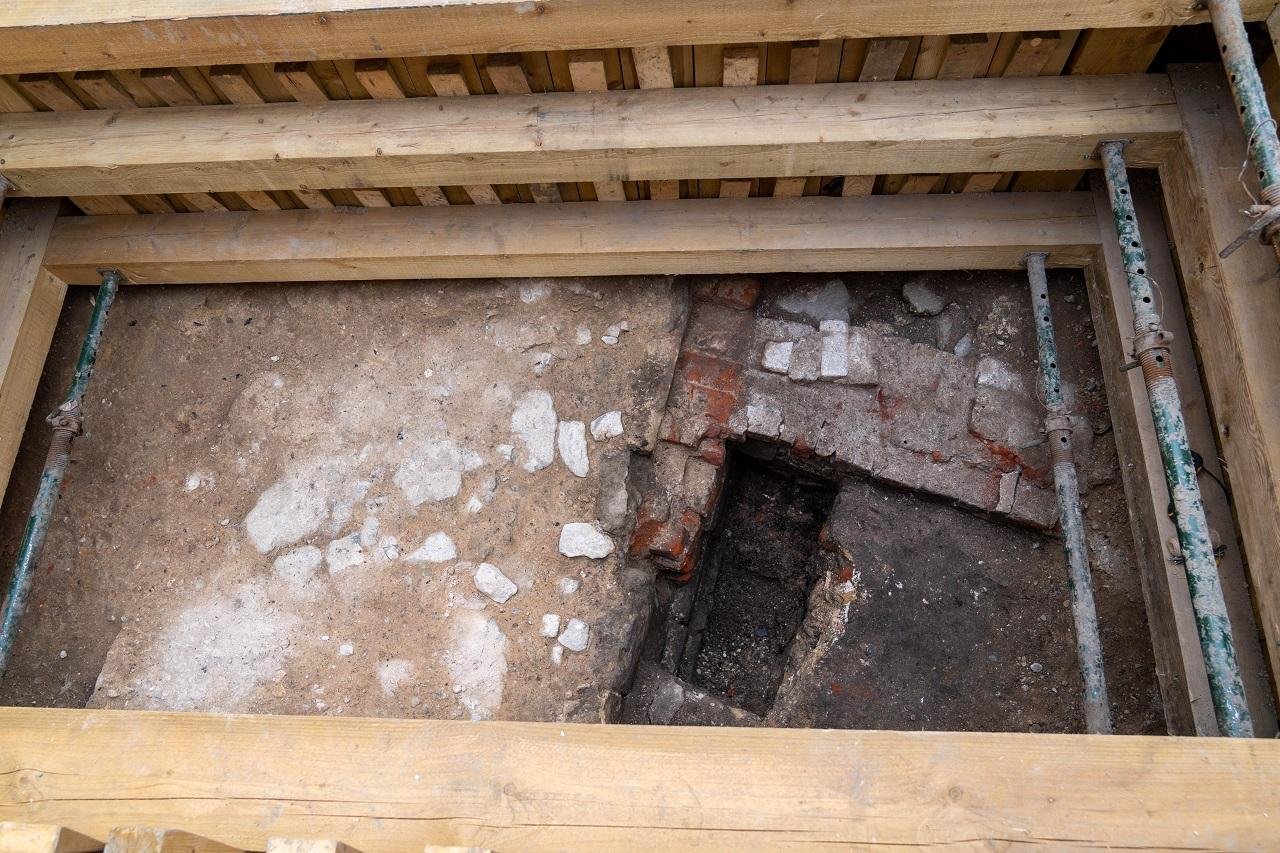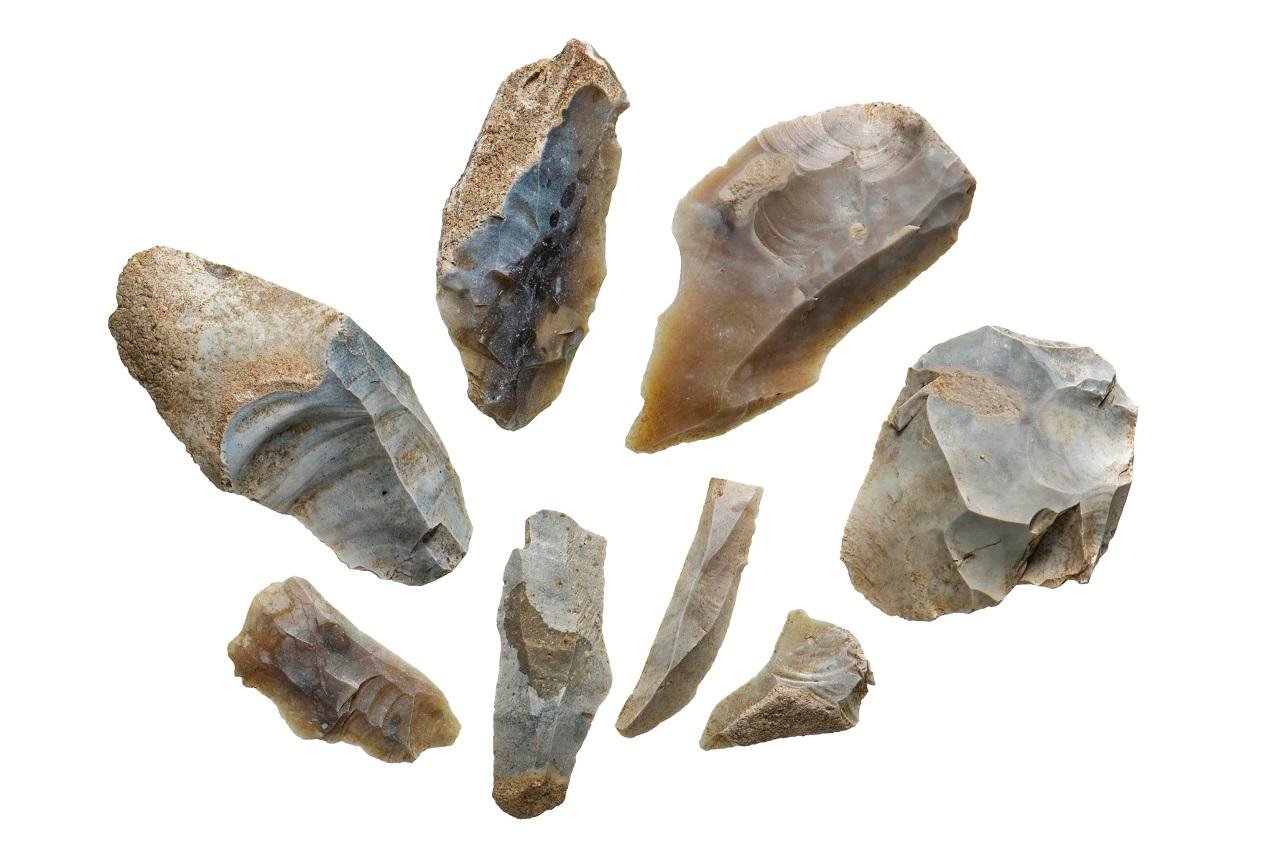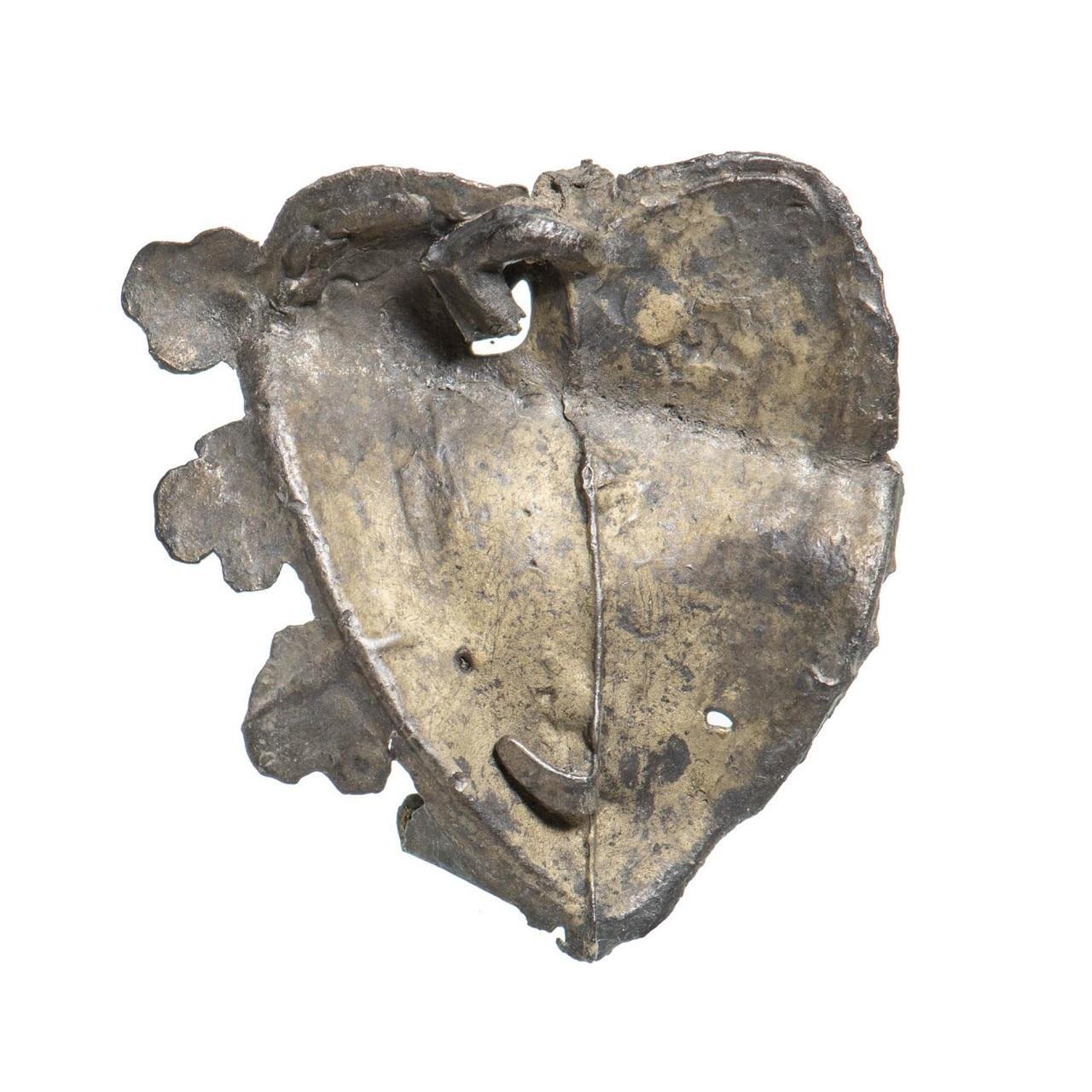Archaeological excavations beneath the Palace of Westminster have uncovered evidence of human activity spanning almost 6,000 years, indicating that the site was inhabited long before monumental landscapes such as Stonehenge. Over 60 struck flint flakes, including a shaped tool, were found in deep, undisturbed sand deposits. Their shape indicates that they belong to the Late Mesolithic or Early Neolithic period, dating to around 4300 BCE, and offer an unexpected glimpse into prehistoric life in what is now the heart of London.

These finds come from the multi-year programme of archaeological investigations that has been carried out as part of the Palace’s Restoration and Renewal initiative. Work is underway not only to document the buried layers of history beneath Parliament but also to ensure that upcoming restoration decisions take that heritage into account.
The flints, which were found on what was once Thorney Island, are believed to represent an area used by early communities for fishing, hunting, and gathering resources. Their preservation in untouched sands makes them extremely rare and underlines the area’s importance long before it became a centre of royal and political power.

Alongside the prehistoric material, archaeologists have recovered a range of artifacts spanning centuries. A collection of medieval leather footwear — a boot and several shoe soles — represents everyday life around 800 years ago. Fragments of finely decorated clay tobacco pipes date to the 19th-century rebuilding of the Palace following the devastating fire of 1834 and are likely to have been used by stonemasons working on-site.

A fragment of a Roman altar more than two millennia old seems to have been reused in a later structure. Other finds include a decorated medieval lead badge in the shape of a flowering heart, a five-pint Victorian beer jug linked to a historic London tavern keeper, and a decorated medieval floor tile whose design later inspired tiles used in the Palace’s reconstruction.
One of the most spectacular discoveries was made in August 2025, when archaeologists unearthed significant remains of the medieval Lesser Hall — also called the White Hall. Constructed in 1167, the hall was used as a royal dining space and then played multiple roles within England’s administrative life, even housing both Parliamentary chambers at different times. Long thought to have been destroyed in the fire of 1834, new evidence indicates that sections of its stone walls survived the fire, were repaired, and remained well into the mid-19th century. Some portions even survived a nearby bombing during the Second World War.

The ongoing investigations, carried out by MOLA (Museum of London Archaeology), span nine locations across the Parliamentary estate, from Black Rod’s Garden and Old Palace Yard to Victoria Tower Gardens and the Thames foreshore. The Palace lies within a Tier 1 Archaeological Priority Area, reflecting its exceptional historical and archaeological importance. Over the centuries, the site evolved from a royal residence established by King Canute to the center of government familiar today.

The excavators have so far investigated and reburied remains from medieval structures, later Parliamentary buildings, and the Victorian-era reconstruction. By mapping the extent and survival of these remains, the project aims to inform future design proposals, reduce construction risks, and ensure that restoration work proceeds with sensitivity to the site’s long and layered past.
By the end of this phase, a total of 14 trial pits, 10 geoarchaeological boreholes, and extensive foreshore surveys will have been completed. The investigation is scheduled to continue through 2026, with a comprehensive report on the findings expected in 2027.
























Comments 0